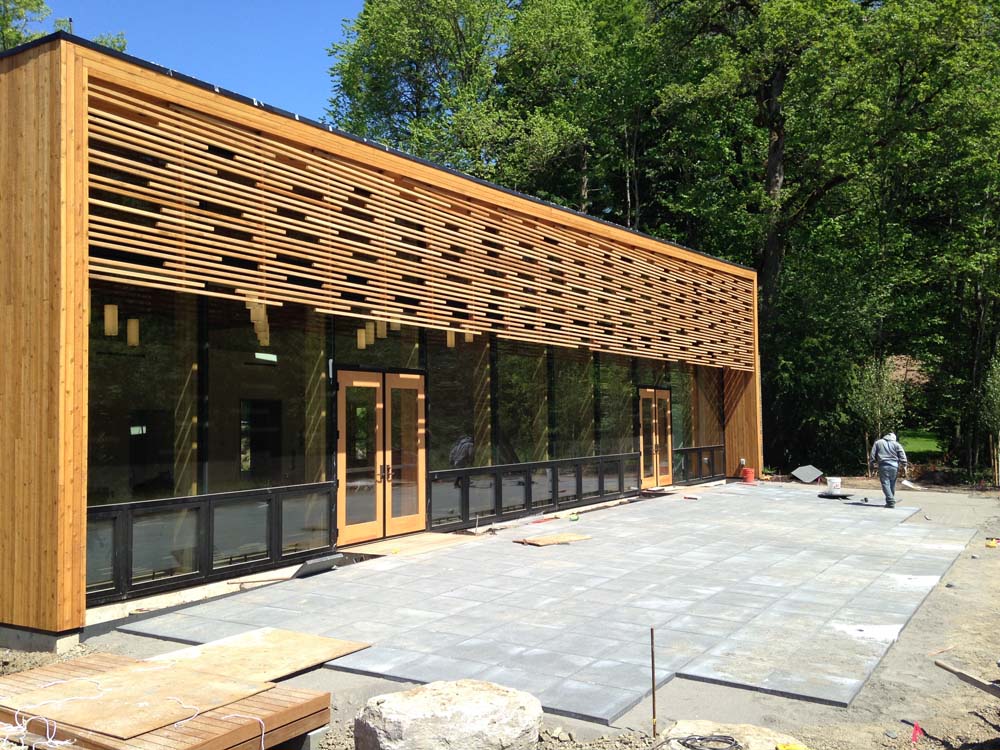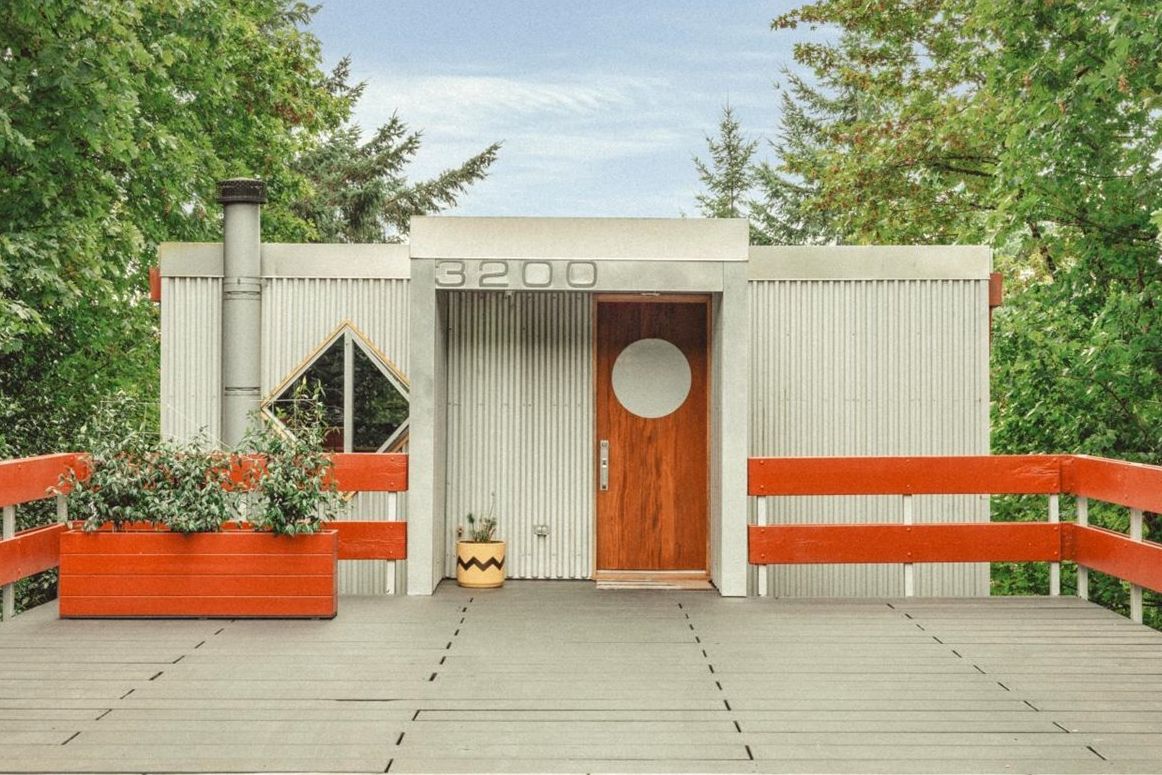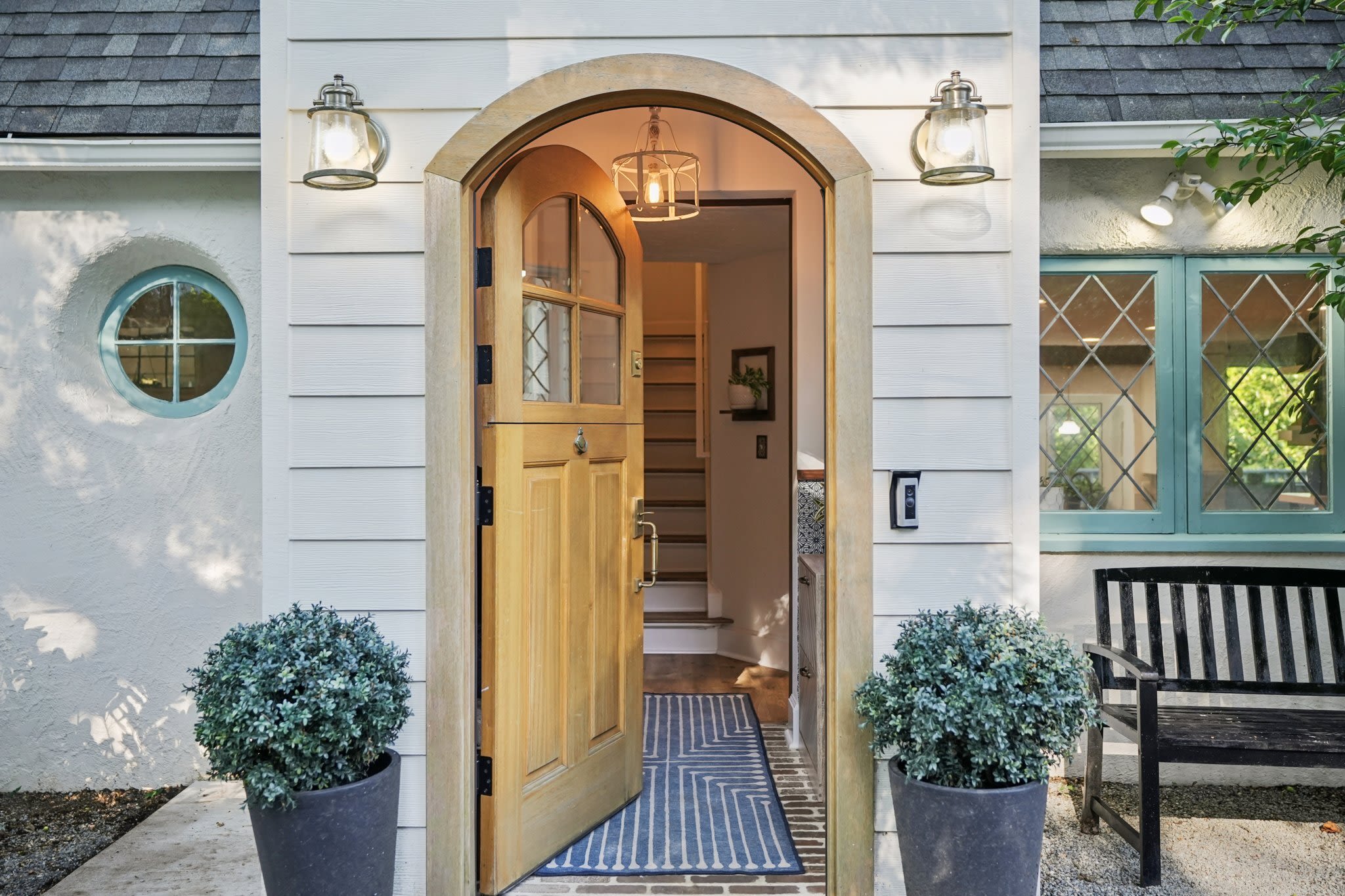Portland's New Scandinavian Heritage Center Captures the Spirit of Nordic Design

Southwest Portland's new Nordia House channels Scandinavian-modern design.
How does light affect our experience of a place?
That question is exactly where lead designer Brian Melton of DiLoreto architecture began in his designs for Nordia House, the new cultural center for Nordia Northwest (previously Scandinavian Heritage Foundation). In the northern latitudes of Nordic countries (Sweden, Finland, Denmark and Iceland), the light is soft, filtered and diffused, year round. So, for this project, 25 years in the making, Melton and his team set out to create a space that highlights and mimics the light the characterizes the Nordic north: a contemporary space with clean lines, carefully placed windows, and a meticulously crafted visitor experience.
The Southwest Portland (8800 SW Oleson Road) building opened in June, with a total price tag of around $3.5 million. Nordia Northwest, Portland's leading group dedicated to the culture and heritage of the five Nordic nations, intends to use the building as central offices and as the site of Scandinavian cultural festivals (most recently its Midsummer festival), wine tastings, and music, all open to the public.
The task to design the modern and utility-friendly house began with large windows—some floor-to-ceiling, all without mullions (dividers that separate windows into panes) in a way that softly coaxes light into the building, so it spills into the space without shadow and makes it feel larger than it actually is. Says Melton, “it’s really a dynamic space. The light quality changes throughout the day, but in all of those scenarios, the light is very soft and diffused in how it enters the building”
So what makes Nordia house special? For Melton, it’s the details. He says, “I live for details. I eat details in the morning, I love it. This building is full of fun little details and moments of architecture that create an experience of this building.” In particular, he says of the entrance sequence: “it will make you stop just enough to shed yourself just a little bit. People always stop—no one just charges forward. You just see the contemplative courtyard and prepare to enter the building with more open eyes.”




